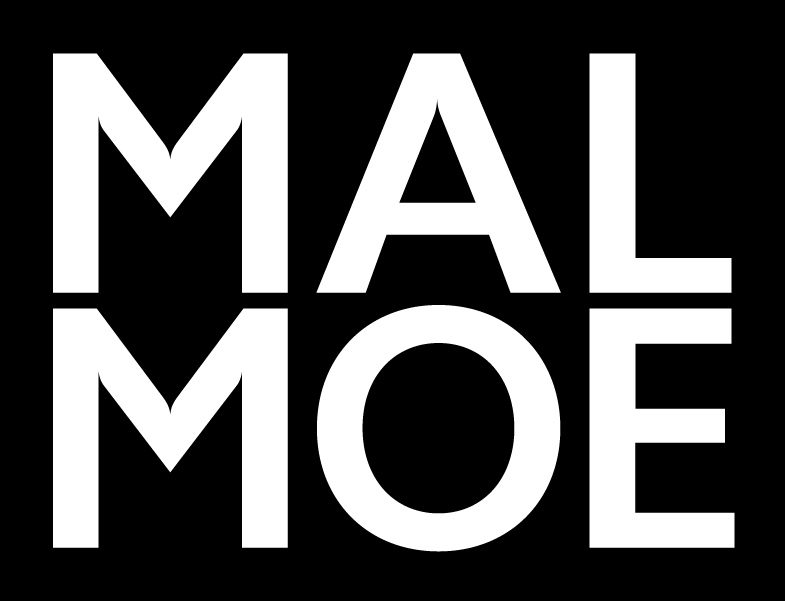Intertwined mobilities and the Mediterranean Sea
Tourism and migration are often framed as being separate and conflicting, even though they inhabit the same regions, routes, and places. Both of their economies are often entangled and might in-/decrease each other. While Lampedusa has been abandoned as a holiday destination for the last ten years, Lesbos and other Aegean islands have had a massive decrease in tourism since 2015 because tourists like to ghost other people’s unfreedom while enjoying their own. The question of what migrants like to see and with whom to interact on their journey remains unasked most of the time.
I assume that many readers perceive or have experienced the Mediterranean as a intertwining of mobility, even if their individual accesses to mobility may vary. The largest European and Northern African tourism industry, which millions of people travel to every year, and the world’s deadliest border share the same space, the same place, and the same body of water.
Since the beginning of 2019, according to UNHCR, on average, four migrants and/or refugees have drowned in the Mediterranean Sea per day. This is an official number, but according to the many activist networks that watch the region, estimate a much higher number. When this issue of malmoe is published, most of its readers – who can relate to the concept of vacation and who have access to free movement within the racist EU border regime that is designed to control, limit and deny movements of those who are constructed as not belonging – will have returned from their summer holidays. While a certain kind of tourism decreased in 2015, another one emerged, which had in its extent been thus far virtually unknown in the Mediterranean region, namely volunteerism. Many of the volunteers benefited from their often unpaid labor, by conducting research for their upcoming theses to a social ad-on to their biography, or simply the desire for an adventurous or meaningful time. Despite the fact that local and transnational activist networks have been working and relating beyond borders for years, if not decades, NGOs were popping up as new businesses in the Aegean region in 2015 and 2016 and then disappeared again in 2017 when financial support from the European mainland decreased.
The “summer of migration” left the front pages after a couple of months, and the focus is now back on racist propaganda or on a few of the many tragedies. Despite the shipwrecks, people make it to European shores every day, under devastating and mostly risky circumstances, from Libya, Morocco, Tunisia, and Turkey. “Barche fantasma” or “ghost boat or ghost ship” is the term used in Sicily and Lampedusa for those arriving ships, because they are not noticed by the media and are therefore considered unreal by a larger European public. These ghost ships are daily acts of resistance, a refusal of the borders that flaunt their strength and non-porosity more than ever.
This ongoing war in the Mediterranean has cost around 1000 people’s lives so far this year, according to the official numbers from the UNHCR. Davide Enia starts his recently published book “Notes on a Shipwreck” with a quote from a Sicilian fisherman who says there’s been more wolf bass in the region lately because they feed on the corpses. Christina Sharpe told us that human blood has a residence time – the time for a substance to enter the and then leave the ocean – of 260 million years. Those deaths don’t disappear, they are around in the water, the water many of us take a refreshing bath in the summer. I grew up in a white, central European family. I learned much later about the history of the Mediterranean Sea, about the Black Mediterranean as a concept, as a lived experience, a place of war, a place of resistance. And about the Mediterranean Sea as a space where Europeaness and white supremacy is constructed.
I arrived in Catania, Sicily an hour ago. I came here mainly to do some writing, maybe some vacationing too. The Sea Watch 3 is still stuck in Licata. Ocean Viking is heading towards Lampedusa with 82 survivors of two boats in distress. Every day, migrants arrive on the same island as thousands of tourists, including me. It is a shared place of different borders and access to mobility. The separation of tourism and migration has to be unghosted, they are not existing parallel to one another, they are existing within and because of each other.

